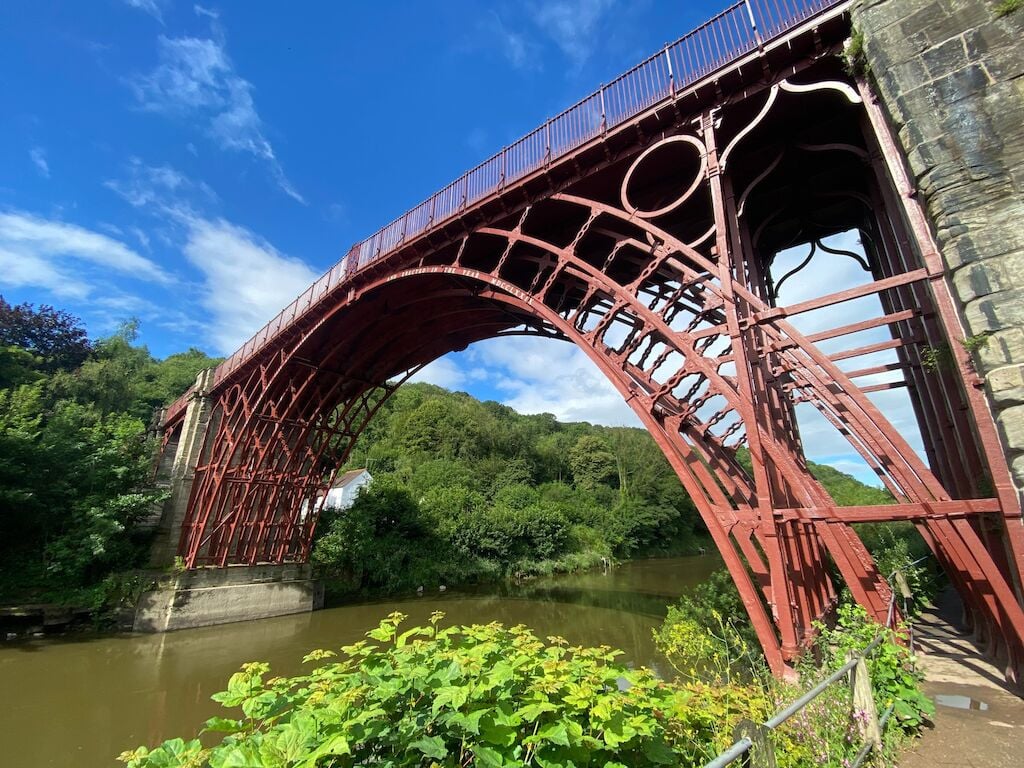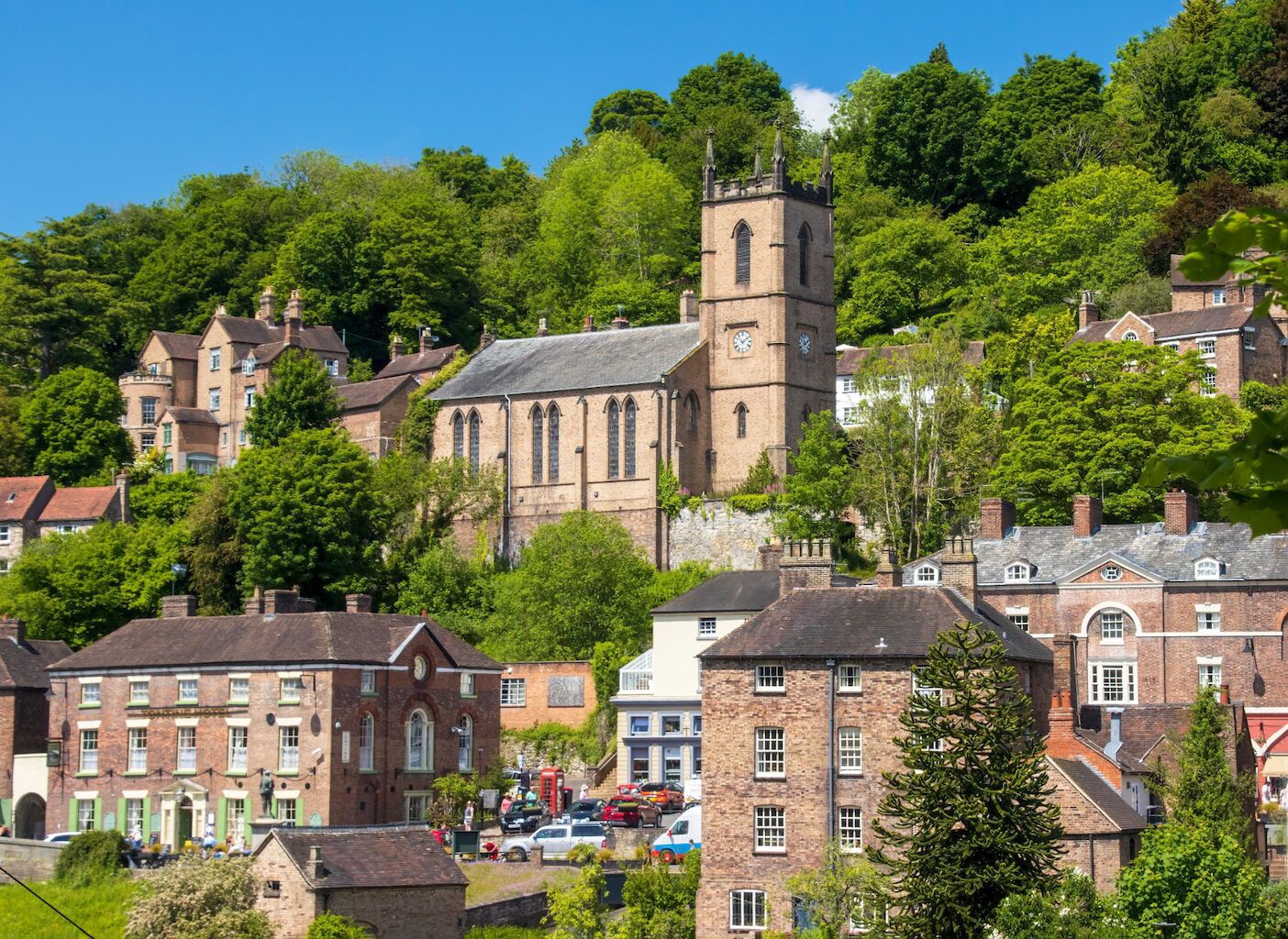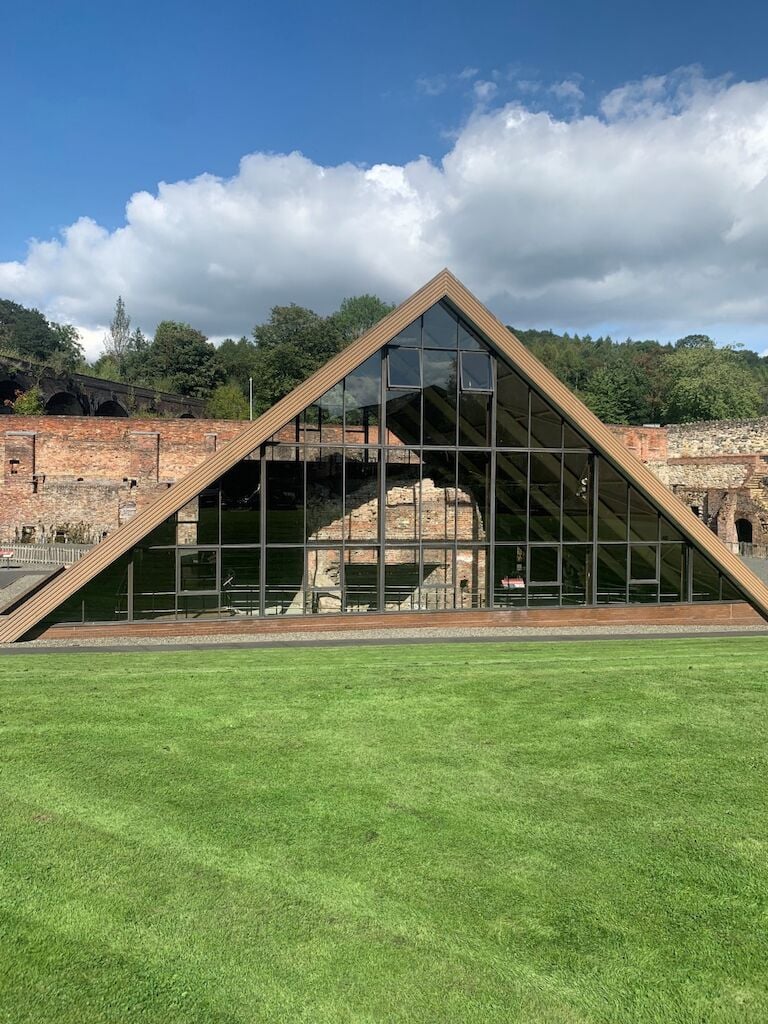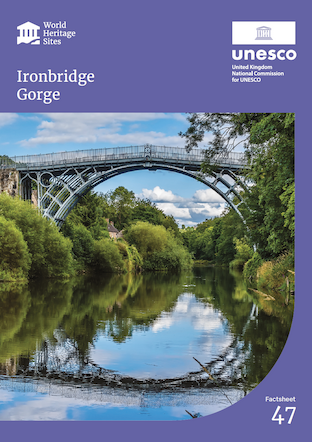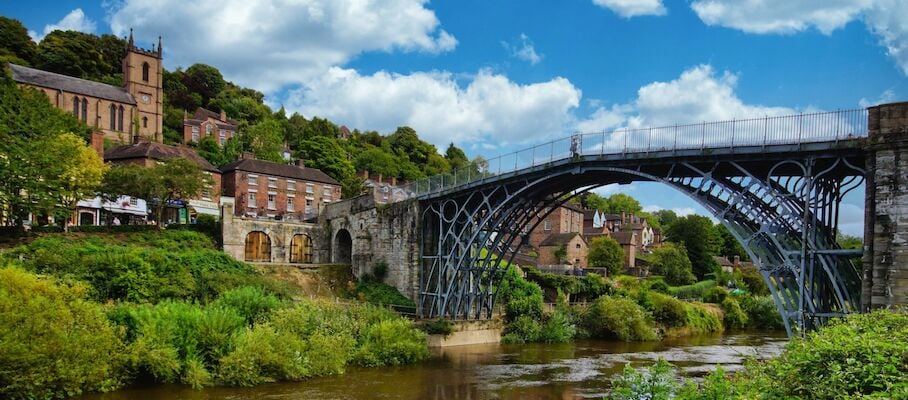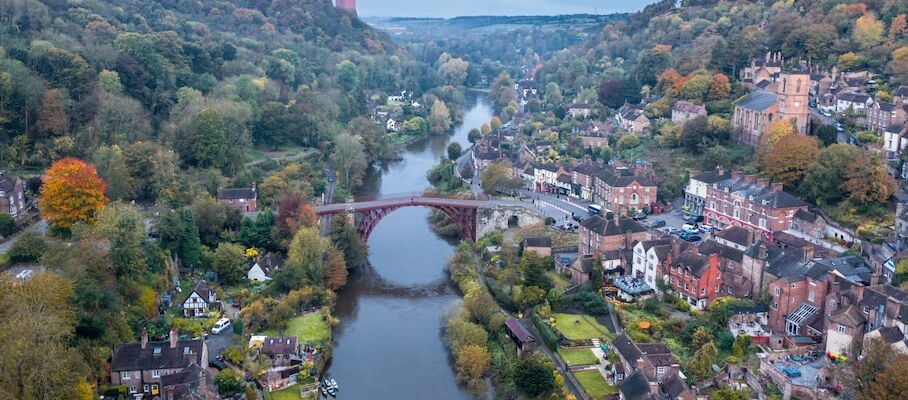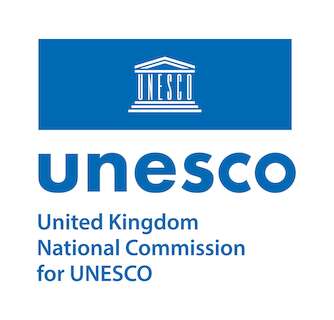Ironbridge Gorge
The cradle of the Industrial Revolution. Nowhere else has had more influence on our modern world. Ironbridge Gorge is bursting with coal, clay, iron ore and limestone – the essential ingredients needed to produce objects on an industrial scale. When Abraham Derby acquired a furnace at the site in 1709, little did he know his discovery would help lead to some of the most far-reaching changes in human history. Get to grips with the processes that shaped our modern world at the Silicon Valley of its time.
What makes this UNESCO Designation special?
It was the achievements of pioneering industrialists including Abraham Darby, William Reynolds and John Wilkinson that led to the Ironbridge Gorge becoming by the close of the 18th century the most technologically advanced area in the world.
The surviving built and natural environment with its museums, monuments and artefacts, serve to remind us of the area’s unique contribution to the history and development of industrialised society.
The world-famous Iron Bridge - the first bridge made of iron in the world - was erected over the River Severn at Coalbrookdale in 1779. Over 380 tonnes of iron were needed to build the Bridge, which would have taken three months continuous production in one of Darby’s furnaces. When the Bridge was built, the structure was assembled with the use of many tried and tested ‘timber’ jointing techniques, such as dovetails, wedges and mortise & tenons which may account for the Bridge’s resistance to geological pressure because of the "give" in such joints.
This is just one very good reason why Ironbridge Gorge is now known as the 'Valley of Invention'.

